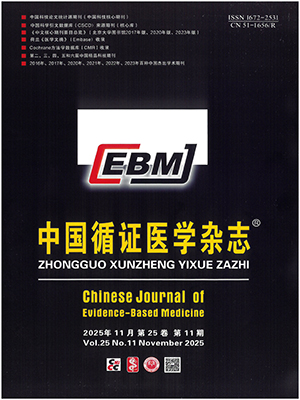Objective To formulate an evidence-based nursing scheme of eye care for an unconscious patient undergoing mechanical ventilation with eye complication.
Methods Under the principle of PICO, the issue was put forward aiming directly at patient’s clinical manifestations, and the following databases as The Cochrane Library (Issue 12, 2011), PubMed (January 1980 to November 2011), EMbase (1974 to 2011) and CBM (1978 to 2011) were searched.
Results A total of 3 guidelines, 2 systematic reviews and 9 randomized controlled trials (RCTs) were included. The evidence showed that eye cleaning was the very important part of eye care, and the commonly-used cleaning or rinsing solutions were saline and sterile water. Both moist cover and lubricating eye drops / ointment were used to prevent dryness in the eyes. For instance, polyethylene moisture covers could effectively prevent corneal abrasion, and lubricating eye drops / ointment were beneficial to eye observation, so these two methods needed to be properly selected in combination with patient’s conditions. Nurses had to assess the ability of the patient to close eyelids daily and helped the patient to close eyes, but the passive eyelids closure was inferior to the artificial tear ointment in the effect on preventing corneal abrasions; the integrated intervention of maintaining eyelids closure and forming eyeballs moisture chamber was more effective to prevent eye complications. According to the available evidence mentioned herein and the patient’s conditions, the following nursing scheme of eye care was formulated: cleaning the eyelids and peripheral skin using 0.9% saline gauze, covering the eyes with sterile polyethylene films which were fixed by anti-allergic adhesive tapes, changing the dressing every 12 hours, and observing closure of the eyelids every day. Seven days later, eye symptoms got obviously improved, with decreasing secretion, without congestion and chemosis, and negative results of fluorescein staining test.
Conclusion Eye cleaning removes secretion and bacteria from the eyes. Polyethylene film prevents tear from evaporation and fully promotes the immune function of tears which can reduce the risk of infection. Eyelids closure and local moisture environment benefit the corneal epithelial repair.
Citation: WU Lingling,WANG Jiping. Evidence-Based Nursing for an Unconscious Patient Undergoing Mechanical Ventilation with Eye Complication. Chinese Journal of Evidence-Based Medicine, 2012, 12(10): 1270-1274. doi: 10.7507/1672-2531.20120197 Copy
Copyright ? the editorial department of Chinese Journal of Evidence-Based Medicine of West China Medical Publisher. All rights reserved




